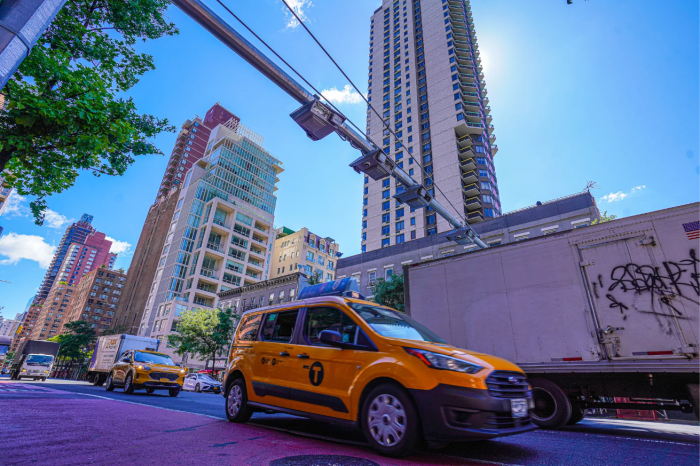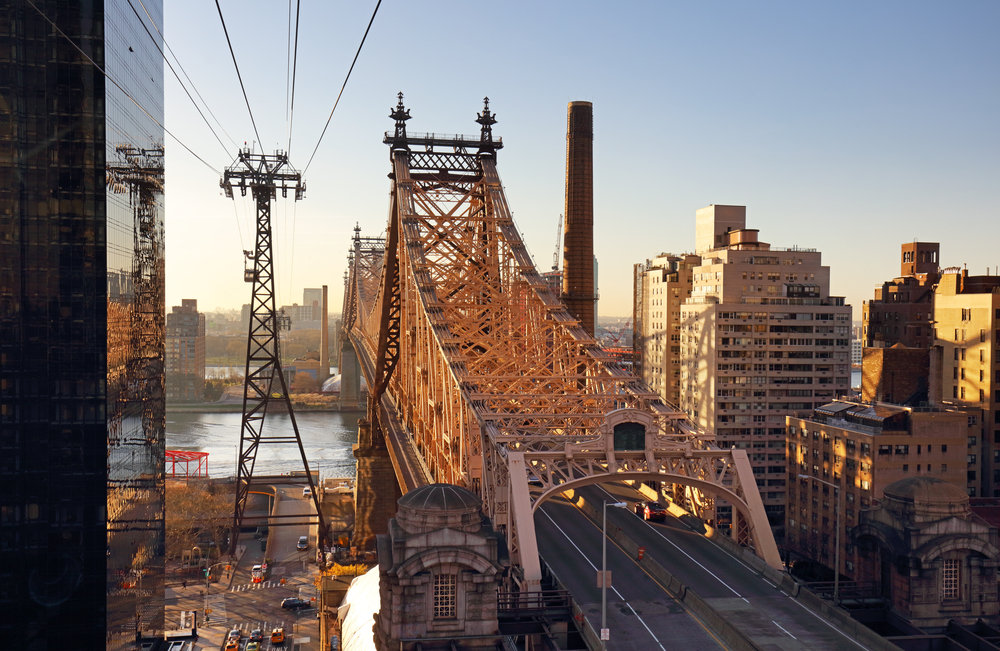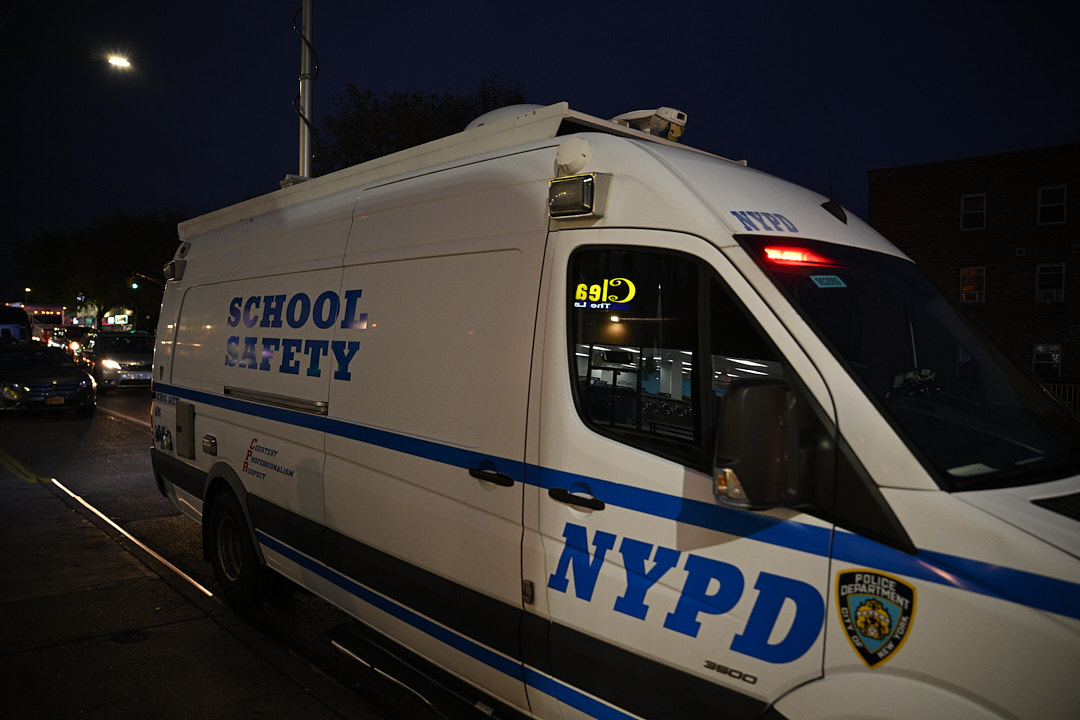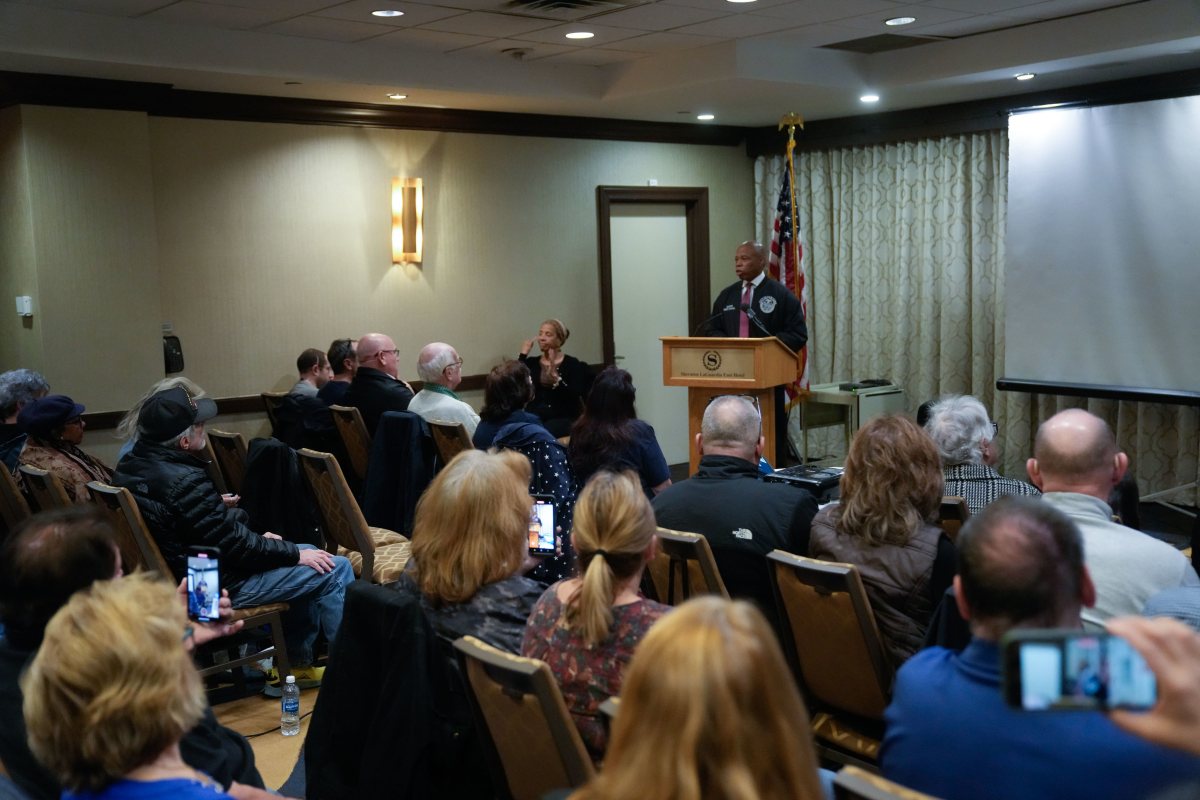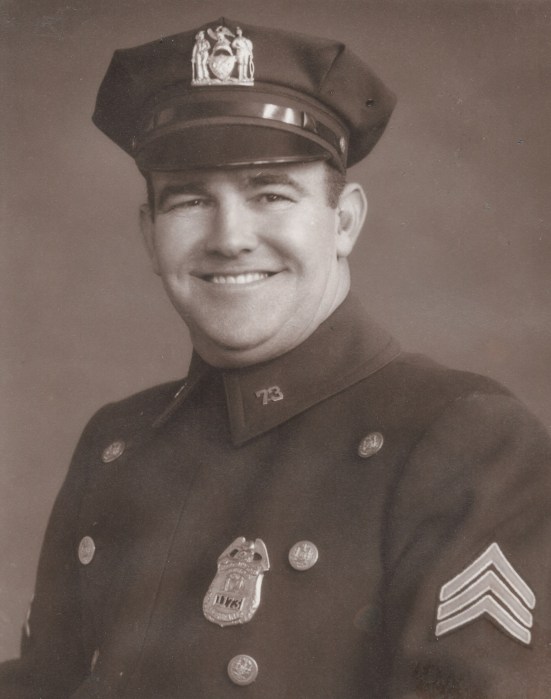
Flushing Bay, once derided for its unseemly smell and murky waters, has started to make a comeback in recent years.
Thousands of people use it to practice and race dragon boats. Families stroll along the promenade, no longer repelled by the powerful rotten-egg smell known to permeate cars driving by on the Grand Central Parkway.
But advocates worry the slow but steady progress will be wiped out by a controversial proposal to build an AirTrain that links LaGuardia Airport with the subway and the Long Island Rail Road.
The first steps in the environmental review process are slated to start later this week, and advocates for the bay are hoping they will get an opportunity to be heard.
“I think it would really take away so much of the work we have been advocating for — clean water, increasing community access,” said Hillary Exter, an avid dragon boat racer and board member of Guardians of Flushing Bay, a watchdog group. “Building the AirTrain either in the water or along the promenade really destroys what is a tremendous resource for the city.”
In June, Gov. Andrew Cuomo signed legislation that paves the way for construction over the bay or the promenade. Property owned by the city or the MTA could be acquired by the state Department of Transportation by the use of eminent domain.
“Our current plan is to release a set of documents related to the AirTrain by the end of next week,” Port Authority Executive Director Rick Cotton said Thursday. “It will kick off the environmental process and I would say all of the issues in terms of a variety of alignments will be addressed in the course of the environmental process.”
Cuomo has argued the AirTrain is needed to reduce traffic and provide a reliable 30-minute trip into midtown Manhattan via Penn Station or Grand Central Terminal.
“AirTrain LGA will set an example of comprehensive transit infrastructure for the rest of the nation, and will pay dividends for decades by connecting riders to transit hubs across the Metropolitan area, boosting passenger growth across all airlines, and providing a more efficient means of travel for generations to come,” Cuomo said in a June statement announcing the bill signing.
It’s also a key part of the $8 billion reconstruction of the outdated LaGuardia Airport.
Randy Ng, head coach of the DCH Dragon Boat Club, said Guardians of Flushing Bay is opposed to construction of the AirTrain but also believes more research has to be done to explore transportation options.
“There is a community here,” said Ng, who lives in Flushing and has been paddling along Flushing Bay for almost 20 years. “The worst route they can take in our opinion is right down the bay. It’s going to cut off usage.”
Ng said the dragon boat community has been a driving force in pushing for better conditions in and around the waterway.
The city Department of Environmental Protection dredged more than 89,000 cubic yards of sediment as part of a $200 million project to restore wetlands to the area and upgrade the sewer system.
The city has embarked on projects in and around Flushing Bay to reduce the amount of combined-sewer overflow that goes into the waterway. Those CSOs happen when sewers, overwhelmed during rainstorms, sometimes discharge a mix of stormwater and wastewater.
Plastic bottles, children’s toys and other flotsam often spill into the bay, carried in by stormwater. Sometimes they are captured by booms set up along the shorelines but not often enough, Ng said.
“The floatables are probably 50 percent of the actual problem in the bay,” he said. “They end up being items that bacteria can grow on, which just increases the bacteria count.”
During a recent community awareness event at Flushing Bay, Dhruv Boruah, an engineer from London, rode his specially equipped bicycle on the water to pick up plastic.
Boruah has made similar trips around the world to bring attention to the problems of plastics and trash in waterways.
“Everything starts from here, canal to bay to river to ocean to the food chain and back on our dinner table,” said Boruah. “Plastic is everywhere. We have to try and find some solution.”
Ng said he worries construction of the AirTrain will add debris into the bay and the surrounding area. Cuomo’s office has said routes cannot be finalized until the environmental review is completed, possibly by the end of 2019.
Construction of the AirTrain could start as early as 2020.
Rebecca Pryor, program coordinator for Riverkeeper and Guardians of Flushing Bay, said the communities surrounding the bay have been cut off from the waterfront for too long.
“New York City’s trend of considering most of its industrial waterways as wasteland has been turning because that’s an inaccurate way to view water,” said Pryor. “People should be connected to their waterways.”
With Vincent Barone




